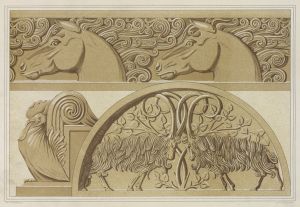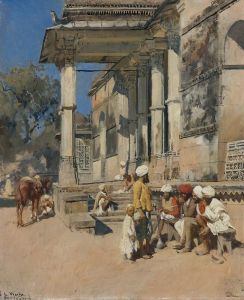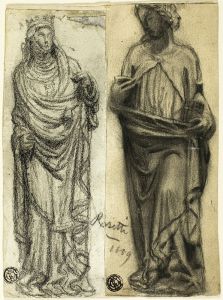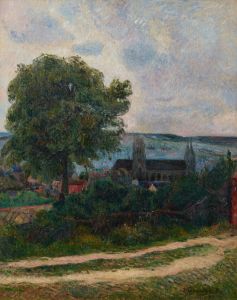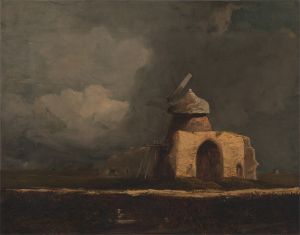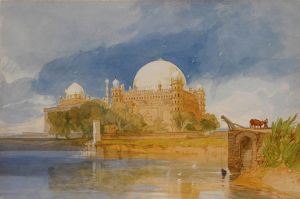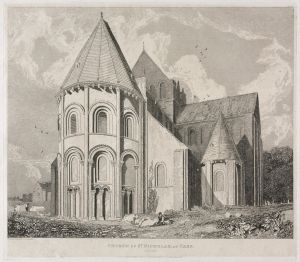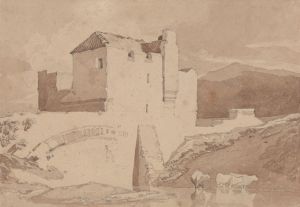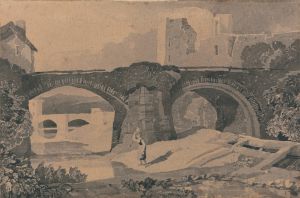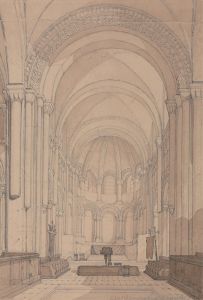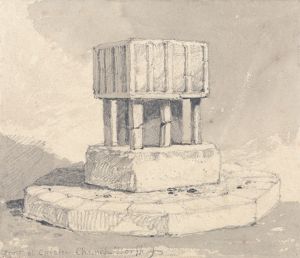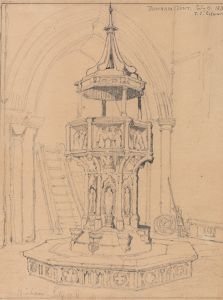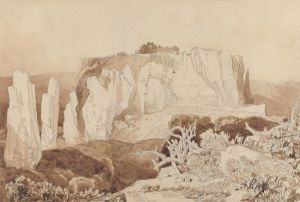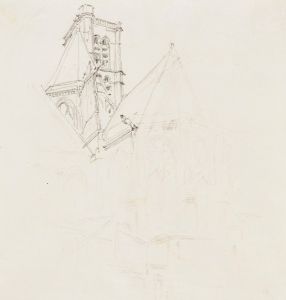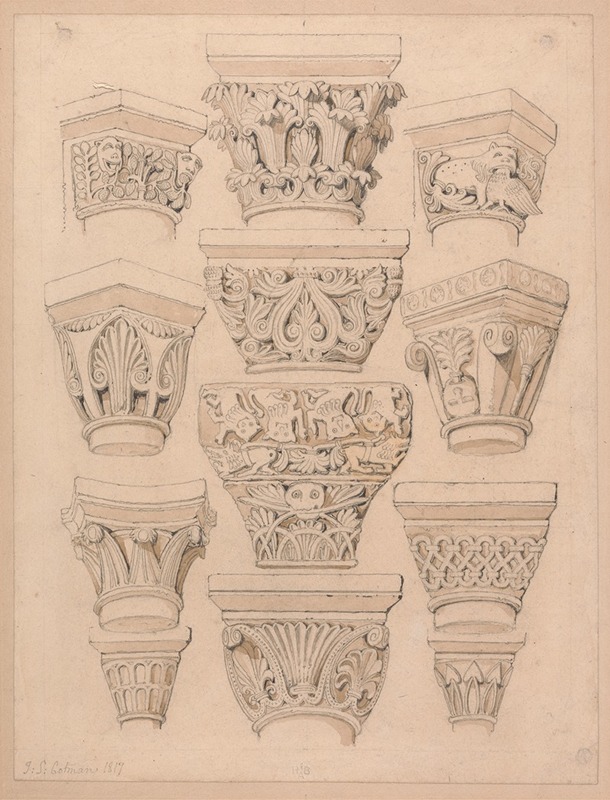
Capitals in the Abbey Church of St. Georges de Bocherville, near Rouen, Normandy
A hand-painted replica of John Sell Cotman’s masterpiece Capitals in the Abbey Church of St. Georges de Bocherville, near Rouen, Normandy, meticulously crafted by professional artists to capture the true essence of the original. Each piece is created with museum-quality canvas and rare mineral pigments, carefully painted by experienced artists with delicate brushstrokes and rich, layered colors to perfectly recreate the texture of the original artwork. Unlike machine-printed reproductions, this hand-painted version brings the painting to life, infused with the artist’s emotions and skill in every stroke. Whether for personal collection or home decoration, it instantly elevates the artistic atmosphere of any space.
John Sell Cotman’s Capitals in the Abbey Church of St. Georges de Bocherville, near Rouen, Normandy is a watercolor painting created during the early 19th century. Cotman, an English painter and leading figure of the Norwich School of artists, is renowned for his architectural studies and mastery of watercolor techniques. This particular work exemplifies his interest in medieval architecture and his ability to capture intricate details with precision and clarity.
The painting depicts the carved capitals of columns within the Abbey Church of St. Georges de Bocherville, a Romanesque church located near Rouen in Normandy, France. The abbey, originally founded in the 11th century, is celebrated for its well-preserved Romanesque architecture, including its sculptural details. Cotman’s work focuses on these decorative capitals, which are adorned with intricate carvings, showcasing the craftsmanship of the medieval stonemasons. The artist’s attention to detail highlights the interplay of light and shadow on the stone surfaces, emphasizing the three-dimensional quality of the carvings.
Cotman visited Normandy multiple times between 1817 and 1820, during which he produced numerous sketches and studies of the region’s medieval architecture. These trips were part of a broader trend among British artists and antiquarians of the time, who were drawn to the architectural heritage of France following the Napoleonic Wars. Cotman’s studies from Normandy were later used as the basis for a series of etchings published in his Architectural Antiquities of Normandy (1822). While it is unclear whether Capitals in the Abbey Church of St. Georges de Bocherville was created on-site or later in his studio, it reflects his meticulous approach to documenting historical architecture.
The painting is notable for its restrained color palette, which enhances the textural qualities of the stone and conveys a sense of timelessness. Cotman’s use of watercolor allows for subtle gradations of tone, lending the work a sense of depth and realism. This focus on architectural detail and the subdued aesthetic are characteristic of Cotman’s style, which often prioritized structure and form over dramatic effects.
Today, Cotman’s works, including his studies of Normandy, are highly regarded for their contribution to the understanding and appreciation of medieval architecture. His paintings and drawings are held in various collections, including the British Museum and the Victoria and Albert Museum, though the specific location of Capitals in the Abbey Church of St. Georges de Bocherville is not widely documented.





